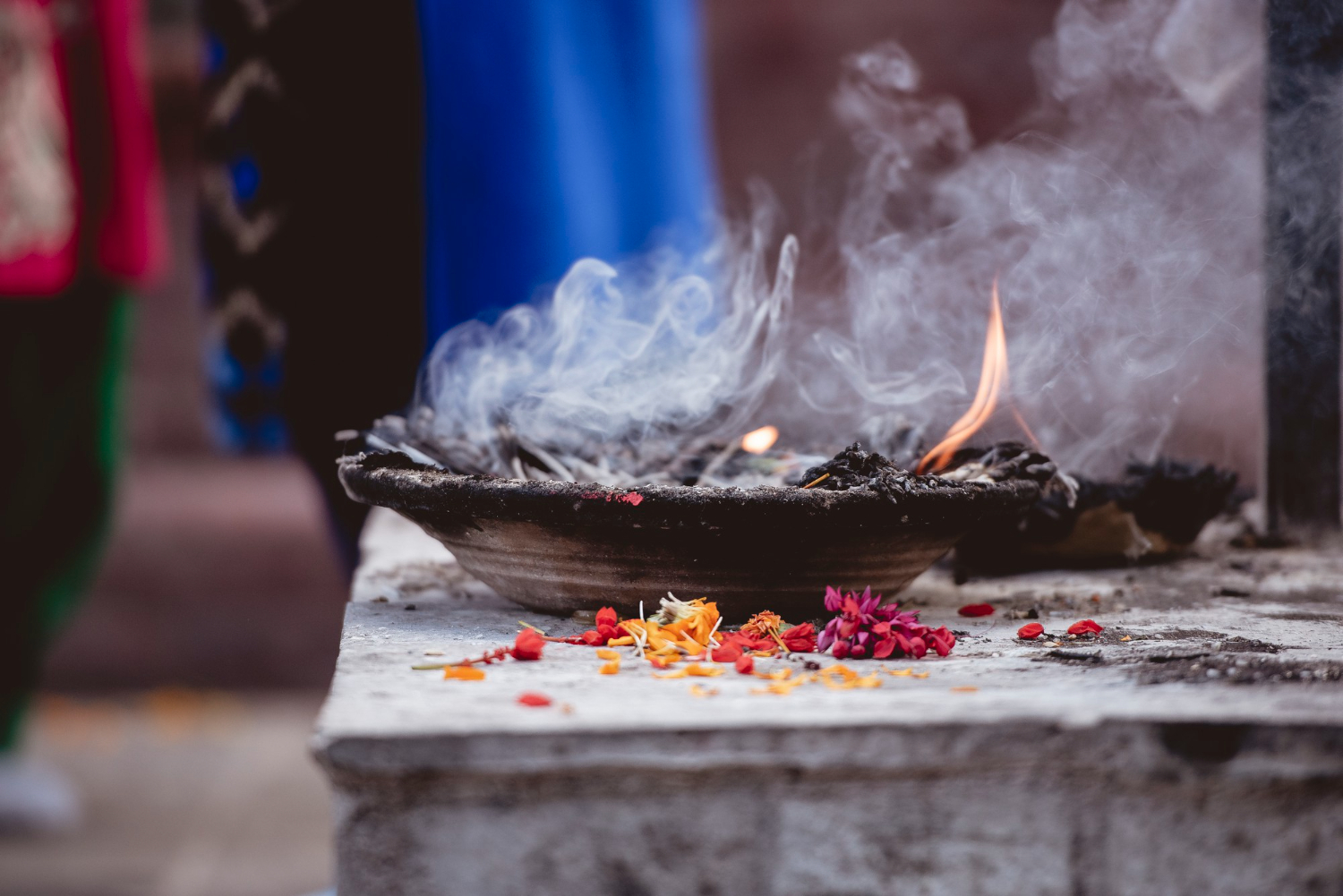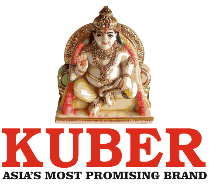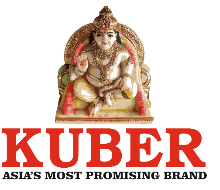Currently Empty: ₹0.00

Hawan or yajna or homa, is one of the most powerful fire rituals in Hindu cultures. It is performed to purify the environment, invite positive energies, and seek divine blessings from the gods. The hawan samagri is an essential element of any hawan – a divine mixture of a few natural ingredients offered into the sacred fire.
the ingredients used in the hawan samagri are chosen with affection and hold spiritual as well as symbolic significance. All these ingredients, while being offered to the fire, give out strong energies and scents that aid in connecting the devotee to the divine.
Here in this blog, we shall find out some of the common ingredients of hawan samagri and their meanings.
8 Hawan Samagri and Their Strong Meanings in Each Ritual
The samagri in a hawan are not random ingredients – they are chosen with great care for their spiritual qualities and symbolic meaning. As they are being offered to the fire, they become an act of surrender, a prayer, and a request for blessings from the divine. Below are 8 hawan samagri:
1. Sandalwood powder
Sandalwood powder is soothing in character.Sandalwood is fragrant and is supposed to purify the air.In hawan it symbolizes chastity and trust.The soothing fragrance of sandalwood calms the mind and provides a soothing atmosphere to worship.
2. Clarified Butter (Ghee)
The most vital ingredient of a hawan is ghee. Ghee is employed to carry prayers to the gods when ghee is being offered in the fire. Ghee also symbolizes selflessness and nourishment. The slow and continuous burning of the ghee is said to symbolize enlightenment and spiritual supremacy.
3. Camphor (Kapoor)
Camphor is used in most Hindu rituals because it has a strong odor and is a purifier. Camphor does not leave a trace when it burns to ash. This is used to symbolize burning ego and surrender to God. Camphor also cleanses the atmosphere and negates negative energy.
4. Frankincense (Loban)
Frankincense has a godly aroma and is used extensively in temples and houses. It is used to produce a prayerful atmosphere and to concentrate the mind. In hawan it is used to bring divine presence and maintain a sacred atmosphere during the ritual.
5. Dry Coconut Pieces
Coconut is a holy fruit in Hinduism. Dry coconut pieces are used in the hawan as a token of submission and offering of one’s inner self. Coconut signifies prosperity and fertility and in rituals employing it is said to bring good fortune.
6. Jaggery (Gur)
Jaggery is sweet and natural and symbolizes love, harmony and kindness. On burning, its fragrance keeps the atmosphere balanced and makes a person calm. It is also a way of expressing gratitude to nature and gods by offering it in the fire.
7. Rice Grains (Akshata)
Rice is a symbol of fertility and prosperity. Unbroken rice grains in a hawan symbolize purity and are offered to express devotion and desire for prosperity. Rice offerings are also believed to appease Goddess Lakshmi, the goddess of wealth.
8. Herbs and Roots (e.g., Brahmi, Ashwagandha and Tulsi)
Several ayurvedic herbs are added to the hawan samagri for both spiritual and health purposes. As they are burned the herbs emit healing energies and cleanse the atmosphere. Tulsi or sacred basil is especially powerful to cleanse and protect.
Conclusion
All fire ceremonies use hawan samagri. Each item contributes its own meaning and energy to the ceremony. The hawan smoke cleanses the air, repels negative energies, and leaves a soothing peace. It also aids in focus and demarcates a sacred space for prayer and meditation. Having knowledge of their meanings we can carry out rituals with greater reverence and awareness. These ancient traditions connect us to our roots, to nature, and to the divine and make us lead more peaceful, more spiritual lives.




